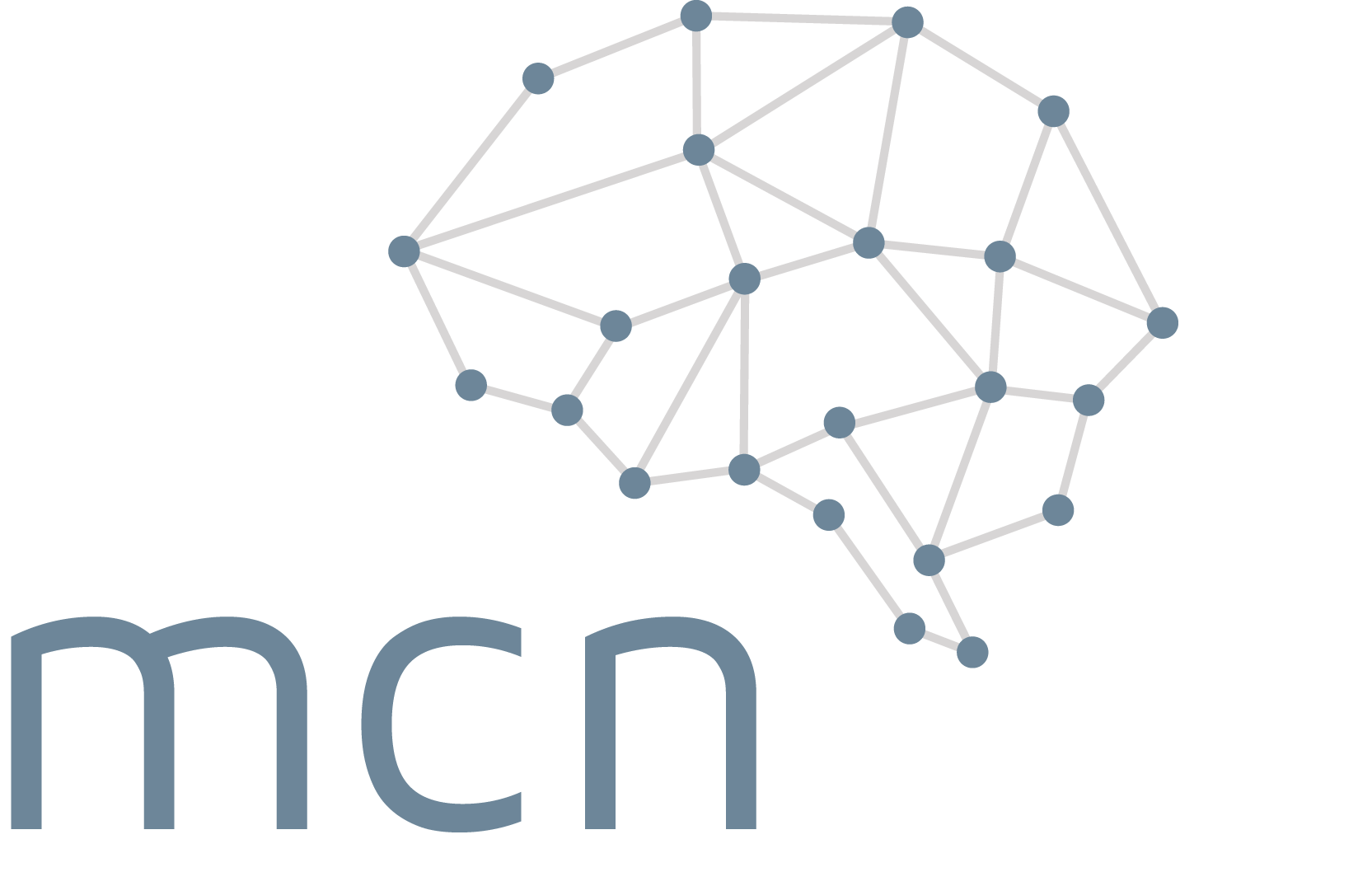Our modern lifestyle is a challenge for people’s inner clock and sleep in several respects. Above all, little daylight and comparatively much light in the evening hours, but also a lack of exercise, ensure that day and night are often not clearly delineated. This project investigates how specific characteristics of daylight and physical activity affect sleep and the internal clock.
Both daylight and physical activity are important zeitgebers, i.e. they provide orientation for the internal clock and therefore have a beneficial effect on biological rhythms and sleep. However, little is known about which specific properties of daylight underlie the positive effects. In addition, daylight exposure is often associated with physical activity, and little attention has been paid to date to the interaction of the two factors. The project therefore compares three different daylight conditions: (i) standard office lighting, (ii) natural daylight and (iii) daylight from which short-wave components important for the internal clock are filtered out. In addition, half of the participants will walk, i.e. be physically active, while the other half will hardly move at all. Finally, it will be investigated how daylight and physical activity affect the internal clock and the subjective and objective quality of sleep.
The knowledge gained in this project will help to assess the importance of certain characteristics of daylight and physical activity for biological rhythms and sleep. Overall, the project can thus provide information about the characteristics of a health-promoting lifestyle.
Members
Collaborations
Arno Schmidt-Trucksäss, University of Basel, Department for Sport, Exercise, and Health
Kerstin Hödlmoser, University of Salzburg, Centre for Cognitive Neuroscience
Manuel Spitschan, Max Planck Institute for Biological Cybernetics & Technical University of Munich
Funding
This project is funded by an Ambizione grant awarded to Christine Blume by the Swiss National Science Foundation (SNSF) as well as the Freiwillige Akademische Gesellschaft (FAG) Basel and the Novartis Foundation for Biological-Medical Research.


